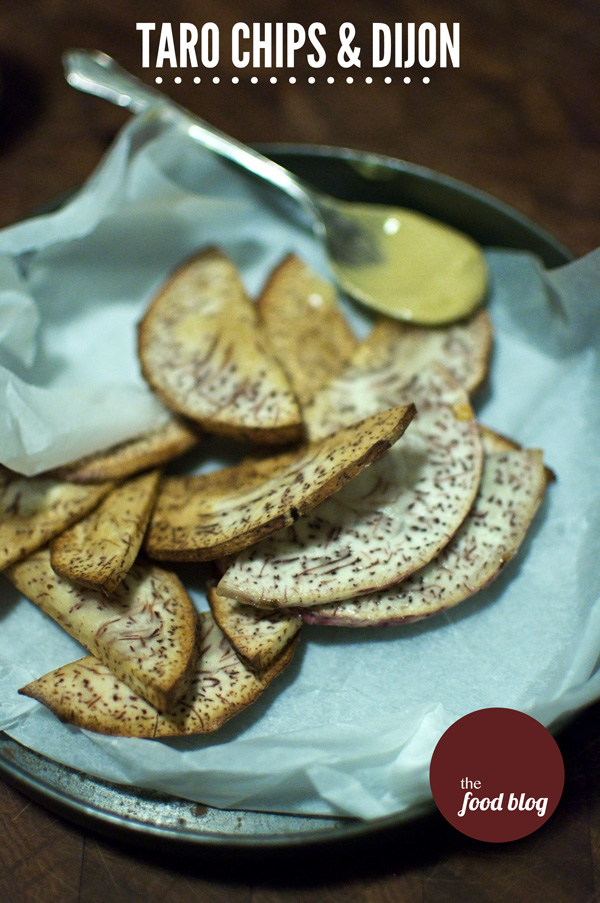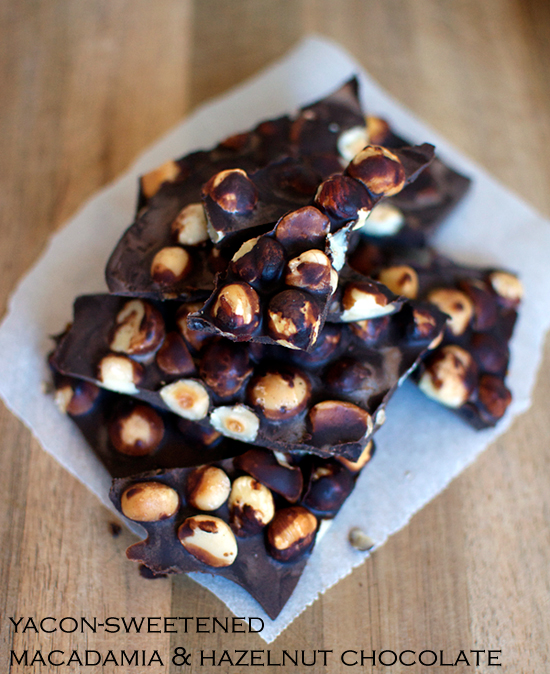
Yoghurt is a relatively new ingredient to the western world, despite being a staple in the Middle East for centuries, which is probably why most yoghurt you find on the shelves of Australian supermarkets isn’t really yoghurt, but a mixture of skim milk powder, gelatine, cream, xanthan gum (for texture), yoghurt bacteria, sugar, salt, additives and flavourings. The West seems to favour yoghurt as a creamy, indulgent dessert style food, and it’s mostly eaten cold and sweet. One of the differentiating aspects of Middle-Eastern cuisine is how yoghurt is used for cooking: we make yoghurt soup and boil meats and vegetables in it. I won’t elaborate, as I’ve discussed this before in my labna post here, which is well worth reading, so go read it.
Little Sara is now 8.5 months old. She’s eating a huge variety of food already: apples, pears, custard apples, apricots, plums, blueberries, blackberries, nectarines, watermelon, rockmelon, bread, chicken, beef, lamb, zucchini, pumpkin, silverbeet, hummus, sweet potatoes, cucumber and a whole lot of other wonderful things. It’s now time to see how she handles dairy products, and yoghurt is a good first choice. Obviously, additive laden yoghurt isn’t what I have in mind. Lebanese brands of yoghurt are fine, but I want a bit more quality control in Sara’s first yoghurt, so I made a batch for her. She might have some for lunch today. I’m draining some of the whey to give her creamier yoghurt. This is a deciding moment. Is she Lebanese and, like me, love the stuff, or will her mother’s English genes dominate?
Yoghurt Recipe
To make yoghurt, bring 2 liters of milk to 83 degrees and cool it to 46 degrees. Add 3 tbsp yoghurt from that tub you have in the fridge (provided that it’s real yoghurt). Mix it in properly. Cover the pot and keep in a warm place for 24 hours. Voila.


7 comments
Wow, really? That’s all it takes? I’ll have to give it a go.
I remember when my grandfather or papou was still alive, watching him make all sorts of greek food.
One of my most absolute favourites was fresh yoghurt. It had a wonderful tanginess to it you can’t seem to get anymore. Happy days 🙂
fresh yoghurt mixed with mushy rice and some spicy fried okra….comfort food.
mum used to make yoghurt everyday.
which brand+kind of yoghurt did you use
Wow that looks delicious! I’m going to try boiling proteins in Yogurt, I’ve used it in hot preparation with curries and sauces before but not for actual cooking methods! Thanks!
So right! I absolutely hate the yoghurt available at the supermarkets its full of horrible additives and sugars! gross!
Teta had a special blanket for the yogurt, it was in wool and blue; she would wrap it overnight and the next day our laban was ready to go.
So I am curious, did your little girl like it the lebanese way?
Yeah it is really easy! I like lots of different styles of yoghurt, thick, runny, sour, creamy, rich, mild -whatever they all get used one way or other, so there’s heaps of margin for error. I’ve taken to just trying all sorts of variations on the basic idea in smaller batches and seeing what happens. It’s about the cheapest food experimentation you can do, and considering there’s always some use for the result, you don’t waste even the not-so-hot batches. Chuck a really runny one into a buttermilk pancake type batter or make a dressing out of a sour one. Really gets you discovering all sorts of other ideas so I enjoy the blunders as much as the pefecto ones.
Gotta say here my favourite shop bought yoghurt is Meredith Dairy Sheep yoghurt from health food and speciality stores. Oh lordy lordy. It’s good. Comes in two varieties, Normal and Mediterranian style. Blue or Green lid – otherwise identical packaging. They are quite different and so of course I HAVE to buy the two tubs. Do yourself a favour and try it…I mean them, both.
The bottom of the products page at http://www.meredithdairy.com/ shows what to look for and explains the difference.
You can thank me later.
I haven’t tried making my own sheep
yoghurt – I think I’ve been spoilt by this stuff.